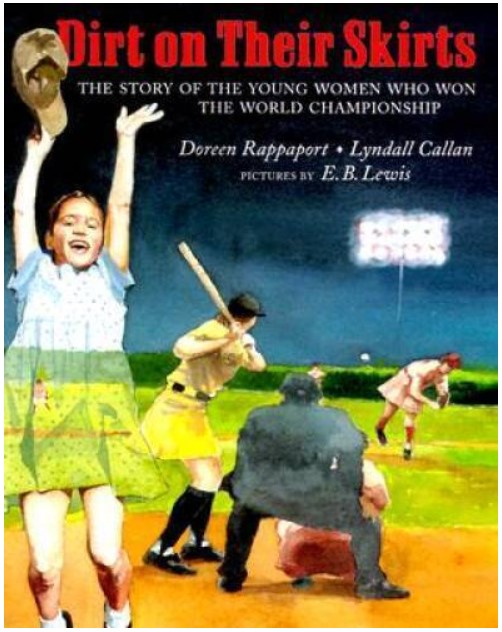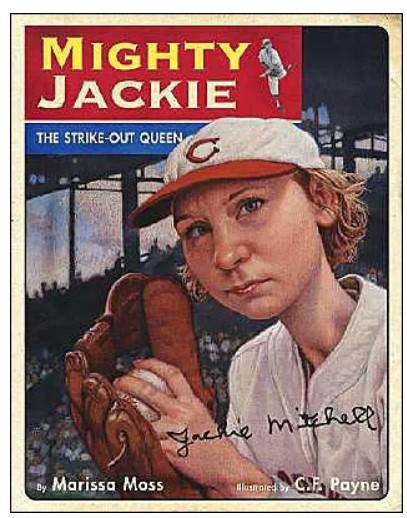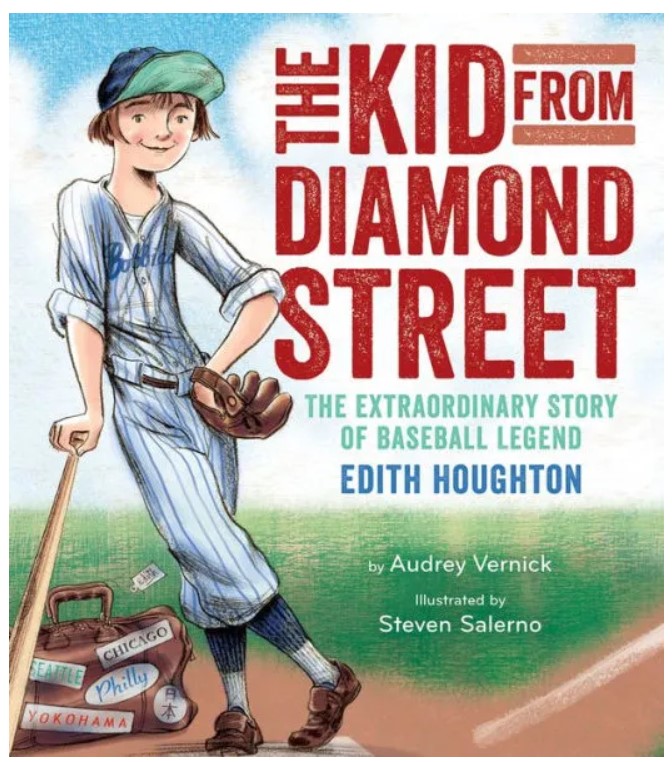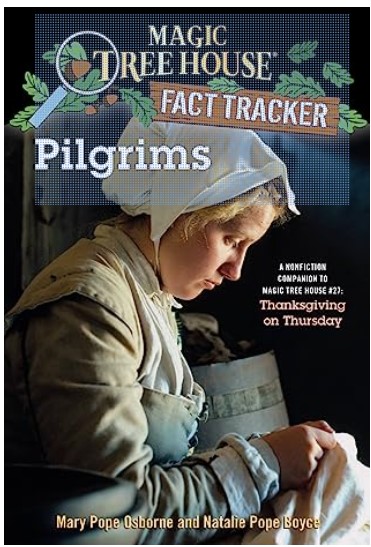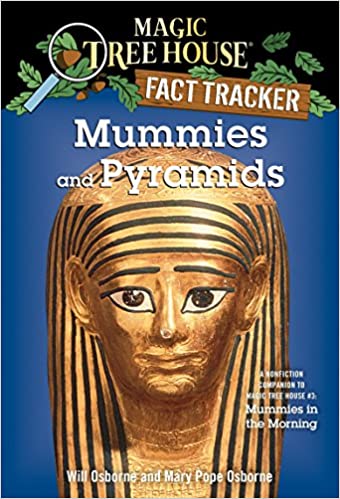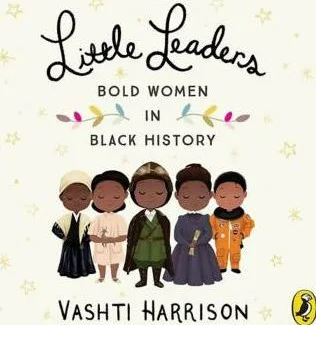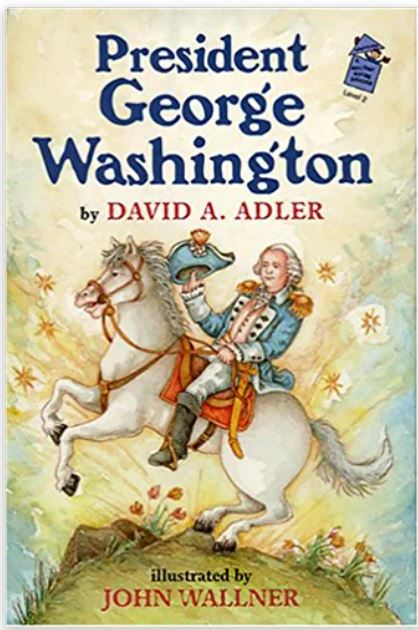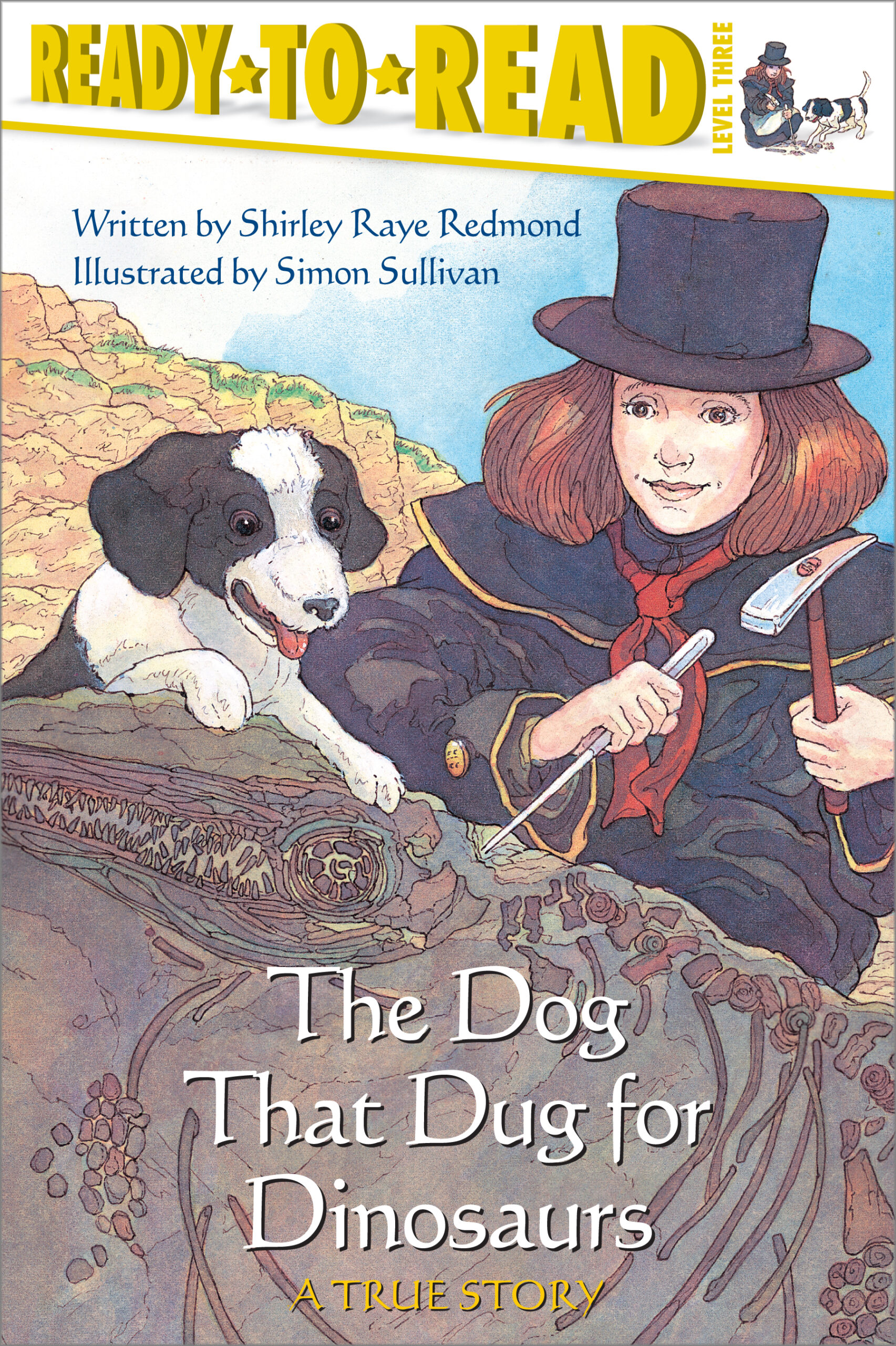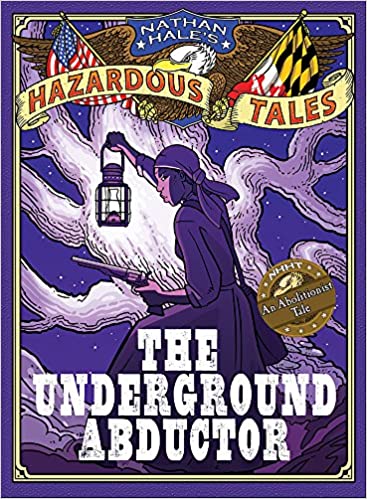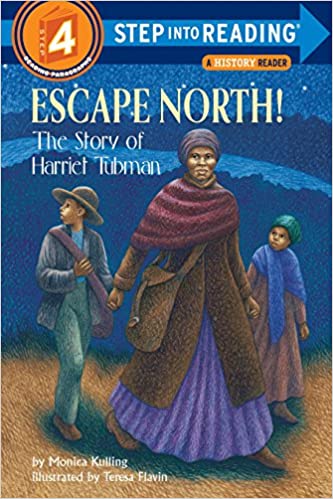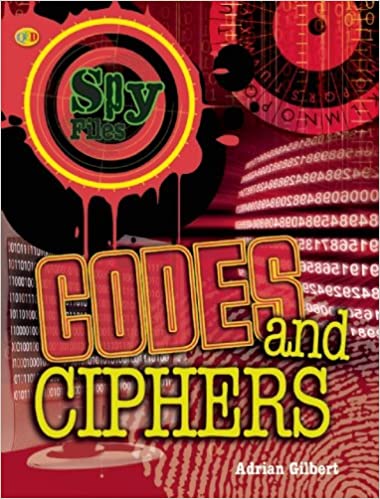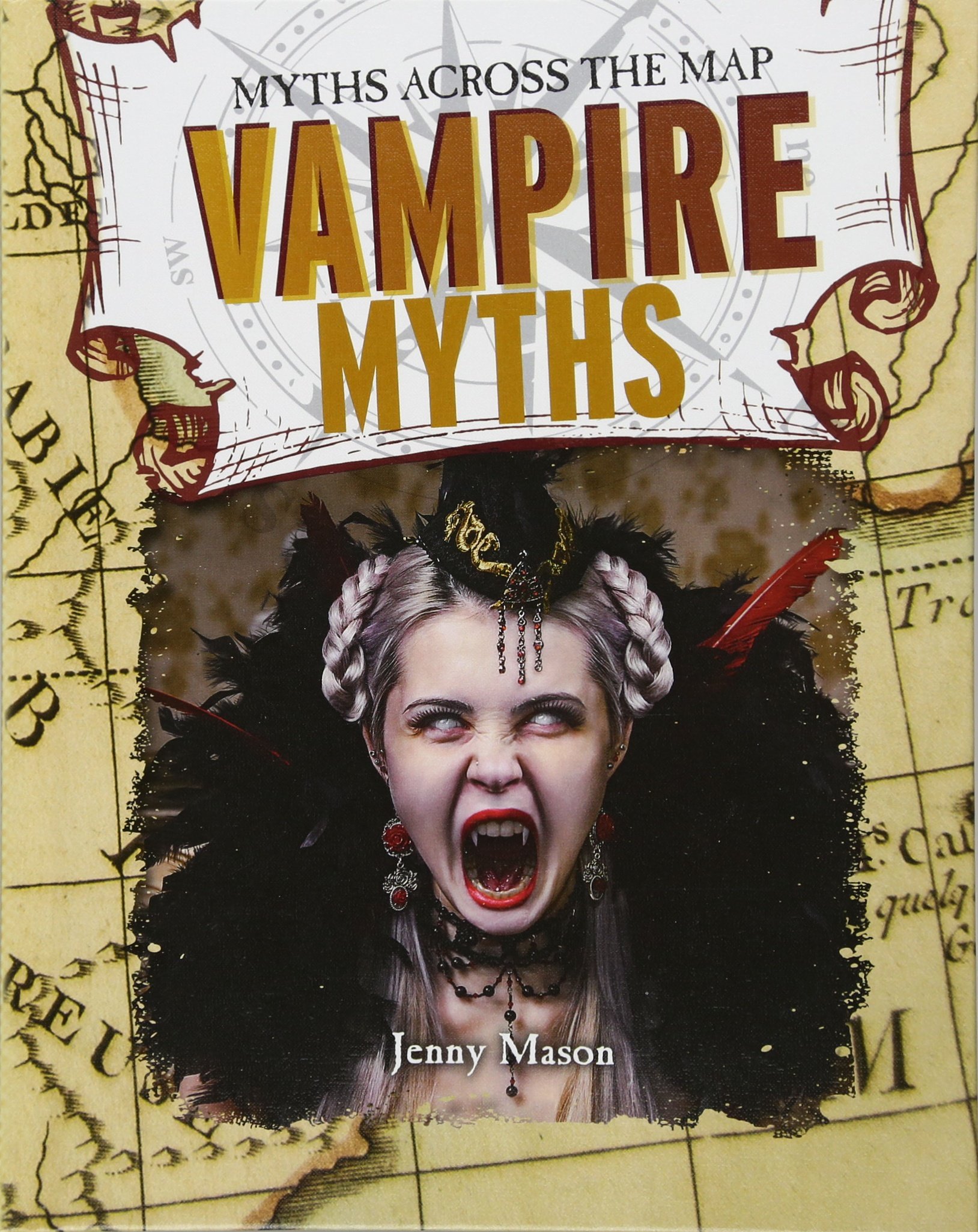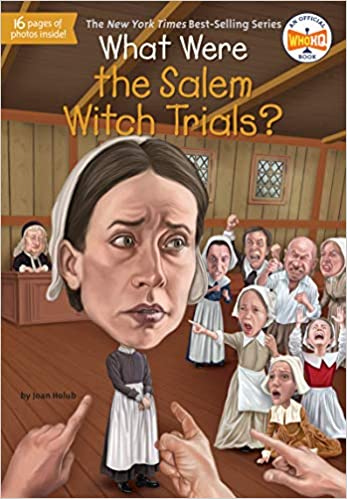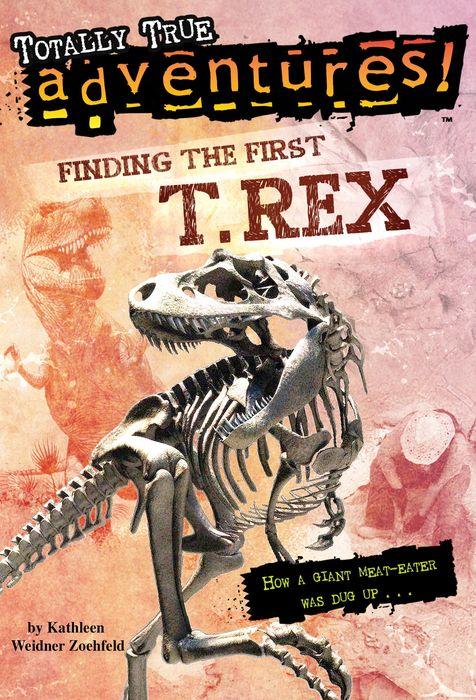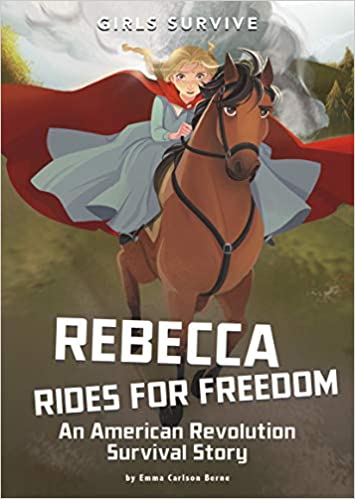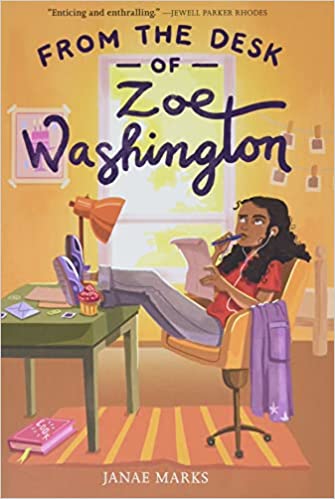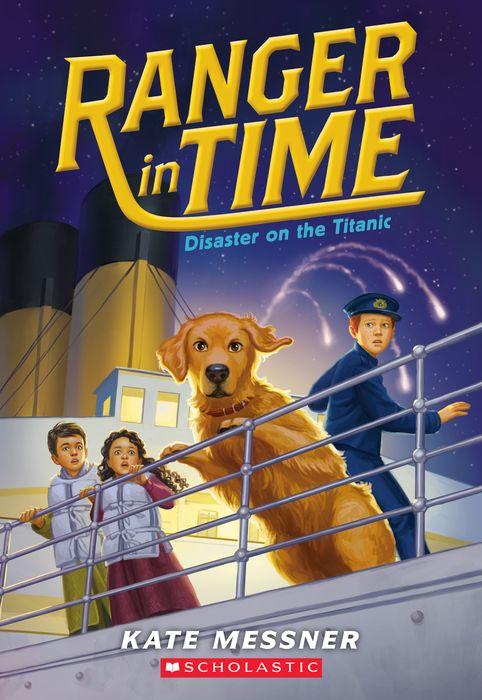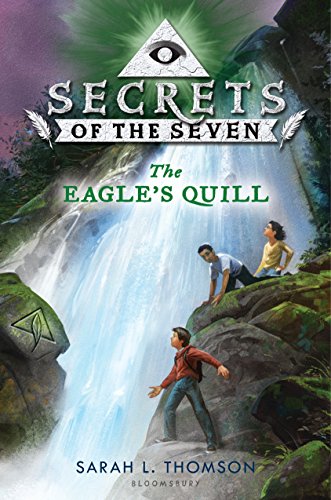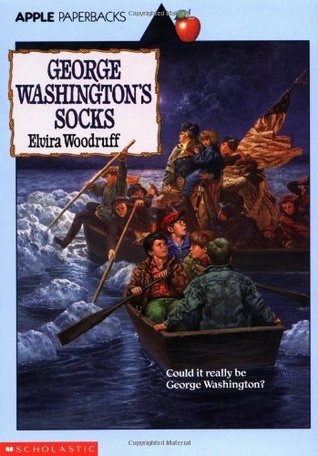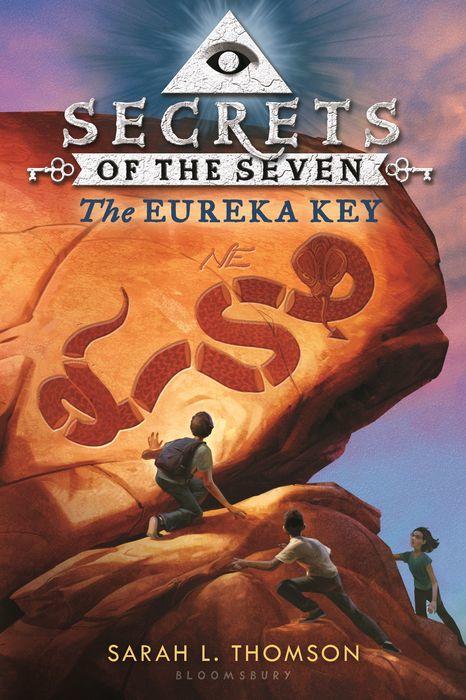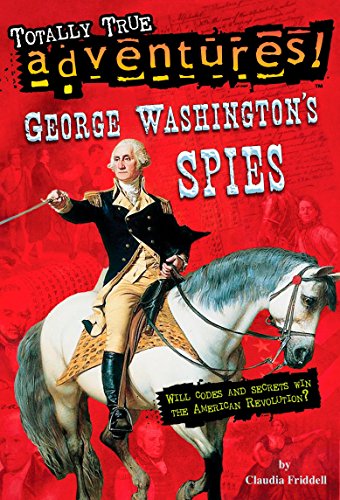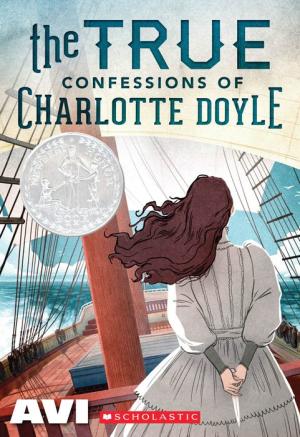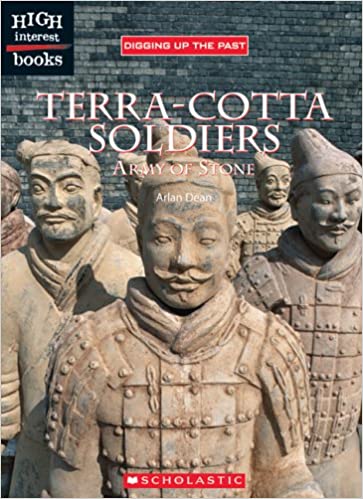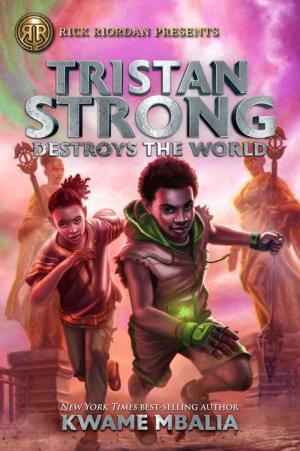You had to be really, really good to play in the 1946 championship game between the Racine Belles and the Rockford Peaches. Sitting in the stands, Margaret thrills to every crack of the bat. Someday she hopes to join her heroes like Sophie “the Flash” Kurys and Betty “Moe” Trezza. As the ball hurtles toward the plate, Margaret can almost feel what it would be like to be in that batter’s position, arms tensed, bat held high.
As we see this historic game in the annals of the All-American Girls Professional Baseball League through the eyes of a fictional young girl, Dirt on Their Skirts is a potent reminder that women athletes have inspired young fans throughout the twentieth century. Based on written accounts and on the memories of the players themselves, this exciting story is for all those sandlot sluggers whose hearts beat a little faster whenever they hear the words, “Play ball!”
Dirt on Their Skirts is told from the perspective of Margaret, a young girl who loves baseball. Readers will feel Margaret’s excitement when she and her family go to the World Championship baseball game. Readers will learn about some players in the All-American Girls Professional Baseball League. However, most of the book recounts the exciting World Championship game. Readers will get caught up in the play-by-play action, hold their breath wondering if someone will score, and cheer when the players make a great play.
The book’s illustrations add to the game’s excitement because they focus on the players in action. The water-color illustrations focus on the baseball game as well as Margaret’s family during the game. This allows readers to see the determination on the players’ faces as well as the excitement of the crowd. Some of the pages are text-heavy and include four to nine sentences. Despite this, readers will get so caught up in the game, that they will want to finish the book in one sitting. However, readers who are unfamiliar with baseball may need help understanding the baseball terminology.
Even though Dirt on Their Skirts is a picture book, the story is intended to be read aloud to a child, rather than for the child to read it for the first time independently. In addition, since Dirt on Their Skirts focuses solely on baseball, readers who are not already familiar with the game may need help understanding some of the baseball lingo. However, the book highlights the accomplishments of women in history and will leave readers believing that they too can achieve their dreams.
Sexual Content
- None
Violence
- None
Drugs and Alcohol
- None
Language
- None
Supernatural
- None
Spiritual Content
- None
